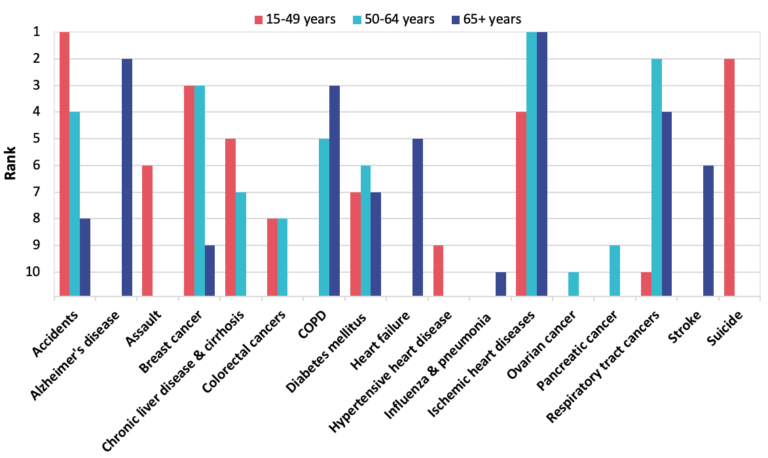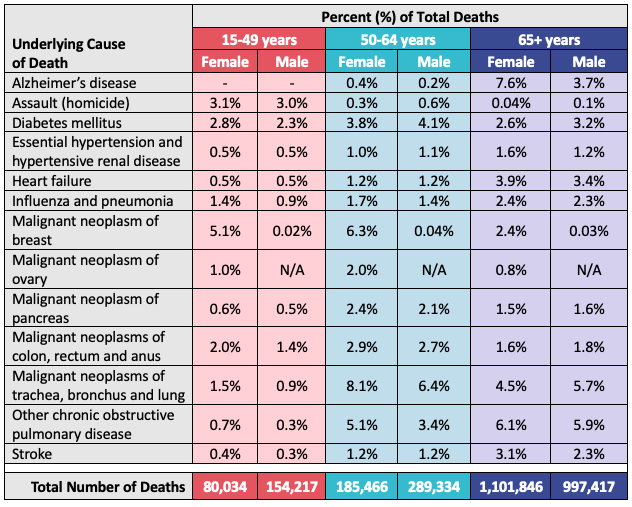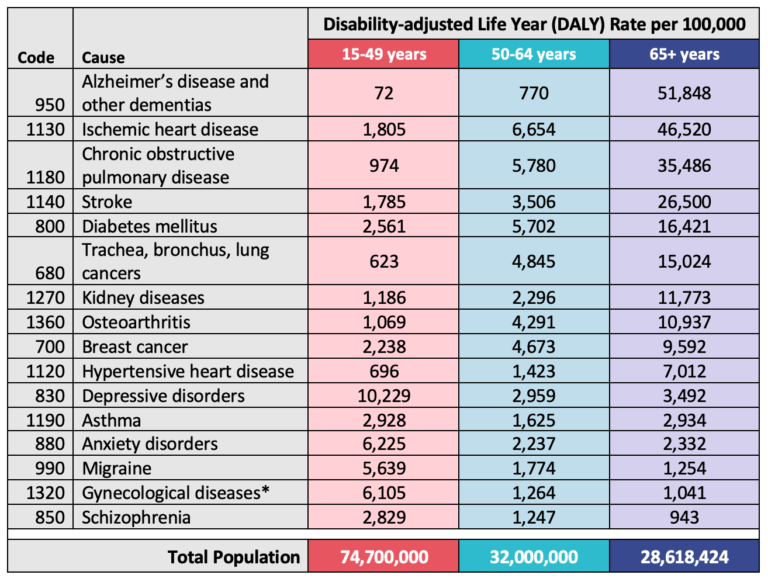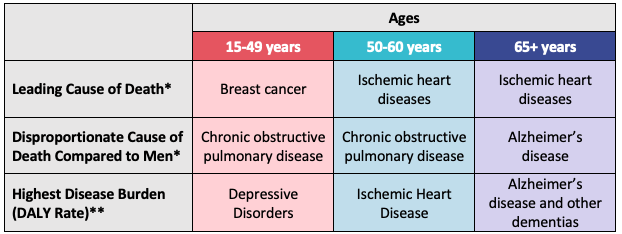Partner with Us
SWHR will follow these and other emerging issues is women’s health in the future and continues to seek sponsors and health care stakeholders interested in supporting SWHR’s health equity, science, and policy work. Please reach out to the Development Team at development@swhr.org to learn more about partnering.




